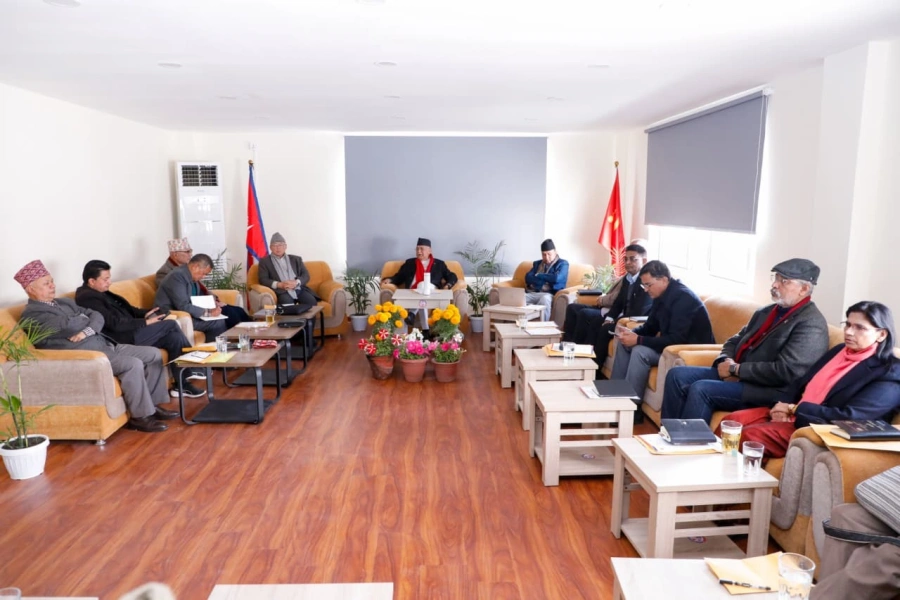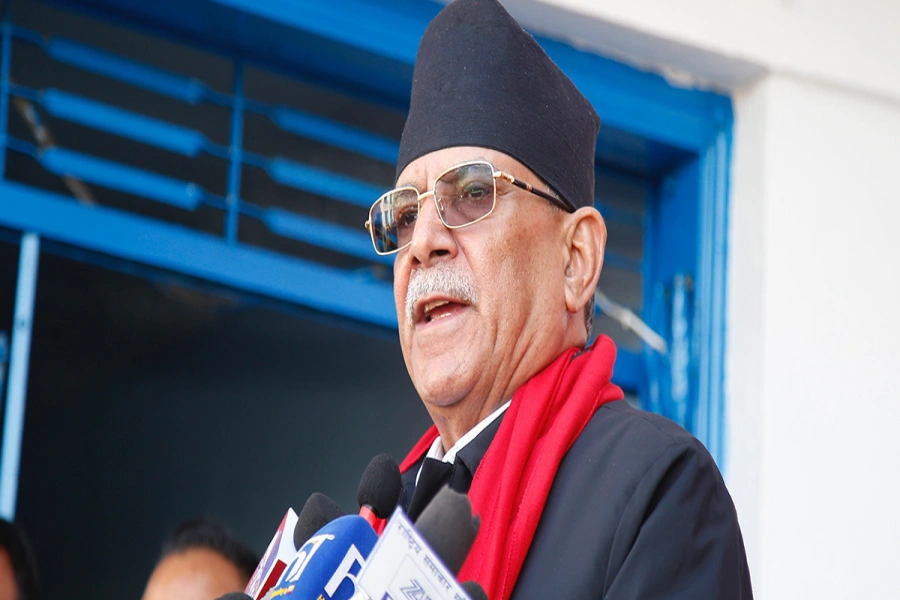Infrastructure-sharing in telecom companies generally involves two or more service providers who come together to share various parts of their network infrastructure for the purposes of service delivery. Nowadays, letting telecom service providers use the passive infrastructure on a shared basis is very popular where passive infrastructure consists of non-core elements/equipment used in telecommunication systems. It allows service providers to jointly use masts, buildings and even antennae, thus avoiding unnecessary duplication of infrastructure and saves costs. Infrastructure-sharing generally refers to the sharing of mobile towers for installing antennae to enable wireless service, sharing existing base station sites, air condition, power, optical fiber used as backbone, radio links, and other passive resources in order to avoid infrastructure duplication.
Nepali scenario
The Government of Nepal, in consultation with Nepal Telecommunications Authority, the regulator of the telecom sector, issued the Infrastructure-sharing Directive 2015 for telecom service providers. To issue the directive, the government had taken note of the exponential growth of mobile phone subscribers in the country. It was presumed that mobile phone service providers would require a large number of towers to sustain the growth pattern, which obviously would need huge expenditure and time to roll out services. Therefore, passive infrastructure sharing amongst mobile service providers was assumed crucial importance, as it would allow more than one service provider to control and use common infrastructure. The directive was aimed to start infrastructure-sharing immediately to reduce the mushrooming growth of towers and prevent excess outflow of foreign currencies due to the duplication of investment in passive infrastructures.
Smart Telecom starts 4G service today: starts 4G service today

Nepal Telecom and Ncell currently operate with more than 7700 and 4200 BTS Tower sites respectively throughout the country. A recent analysis reveals that the capital cost for creating new infrastructures is estimated at nearly 60 percent of the roll-out cost of a telecom service towards the setting up of passive infrastructure. Unfortunately, nine years have already passed but effective infrastructure-sharing among telecom service providers has not been witnessed. It is common to find similar poles and towers belonging to different operators in the same locality. It is equally common to find different telecom operators digging up roads in cities and along highways, each laying infrastructure similar to that of the other companies.
Glitches in infrastructure sharing
The Infrastructure Sharing Directive 2015 makes compulsory sharing of towers above seven meters of height by two or more telecom service providers wherever possible. A majority of towers built by telecom service providers are of up to seven meters which have no mandatory sharing obligation and the towers which are above seven meters have also been designed and installed by the telecom service providers in a way that sharing is hardly possible as those towers were erected only for their own purposes. Therefore, telecom service providers are yet to share towers, which are major passive infrastructure, in the spirit of the mandatory directive. Similarly, telecom service providers have laid down parallel optical fiber backbones, without considering the need for backbone-sharing. This has resulted in the duplication of infrastructure with substantial additional costs of equipment, leading to an excess repatriation of foreign currencies to procure the equipment, making investment and telecom services costlier. The NTA also has not given more attention toward implementing the directive strictly. One major handicap is the lack of a separate infrastructure company to promote the concept of effective infrastructure-sharing. If there had been a separate company for building necessary passive infrastructure as mentioned above, for telecom service providers, the situation would have been way more forward.
Way forward
The growing call and data traffic, limited bandwidth and a limited number of cell towers have all combined to lead to poor network coverage by operators as a matter of fact. One way to solve this problem would be to set up more towers. The ground is also ready for the introduction of 5G wireless services in Nepal. Ultra-high-speed data generated by 5G network will facilitate delivery of a wide range of multimedia services including video telephony, ultra-high-capacity television, radio frequencies based wireless technology for fixed broadband access, instead of the use of cables i.e. fixed wireless access, private network of the type that operates independently of public networks, connecting a predetermined number of devices within a completely segregated environment etc. To maximize benefits, The 5G services should be cost-effective which also demands the need for infrastructure-sharing. The 5G services need closer BTS sites than the 4G services as they mostly run on lower latency. Thus, the 5G service will be more expensive if the operators are allowed to build BTS sites on their own without sharing the sites with each other. Profitability of telecom service providers is seen decreasing every year due to the high cost of infrastructures and use of Over-The-Top (OTT) platforms for voice services. Therefore, infrastructure-sharing would be a major cost-saving tool for the operators to survive in the long run.
The NTA should not delay establishing a separate infrastructure company if the goal is to build robust infrastructure. There are different ways to run such an infrastructure company. For example, such a company can be formed under the ownership of different telecom service providers, including symbolic participation of the government. The ownership of all existing passive infrastructure of telecom service providers can be transferred to the newly-formed infrastructure company at market value, with equity shares provided for the service providers concerned. Likewise, public offering into equity shares can be done for initial investment. The infrastructure company would be responsible for building the required infrastructure for telecom service providers under an infrastructure-sharing mechanism throughout the country. This would help to avoid duplication in investment and expedite infrastructure-building, minimizing further deterioration of the skyline by erecting more towers.







































